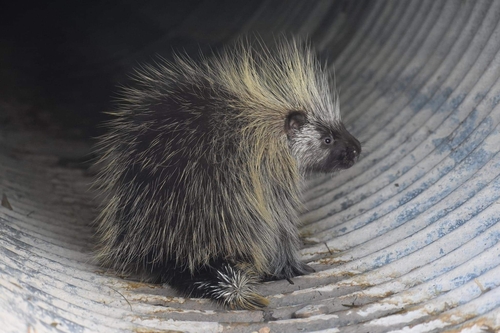
North American Porcupine
The North American porcupine, Erethizon dorsatum, features dense, barbed quills for protection and is adept at climbing trees to access its vegetarian diet, playing a crucial role in forest ecosystems by influencing vegetation growth.
5-7 years
Lifespan
Least Concern
Conservation Status
Stable
Population Trend
Distribution Range of the North American Porcupine
The North American porcupine (Erethizon dorsatum) is native to North America. Its geographical distribution includes various regions such as the northern United States, Canada, and parts of northern Mexico. It is commonly found across forested areas from Alaska and Canada through the western United States and into northeastern and midwestern states. They are more sparsely distributed in southern parts of the range including Mexico.
North American Porcupine's Habitat
Environmental Conditions
North American porcupines inhabit a variety of environments ranging from mixed deciduous and coniferous forests, taigas, tundra, and even shrubby and open areas. The species tends to favor regions with dense tree cover that provides opportunities for feeding and protection from predators. They are also adapted to terrain that includes both flat areas and mountainous regions.
Ecological Niche
Erethizon dorsatum primarily occupies an ecological niche as a herbivore, feeding on leaves, twigs, bark, and other plant materials. Its adaptations allow it to exploit arboreal as well as terrestrial resources by climbing trees to access food and safety. Seasonal changes in diet occur, with porcupines feeding on herbaceous growth in warmer months and relying more on woody vegetation like pine needles, roots, and bark in winter. This species plays a role in its ecosystem by influencing vegetation structure and serving as prey for predators such as fishers, coyotes, and mountain lions.
Copyright @ Nature Style Limited. All Rights Reserved.
 English
English